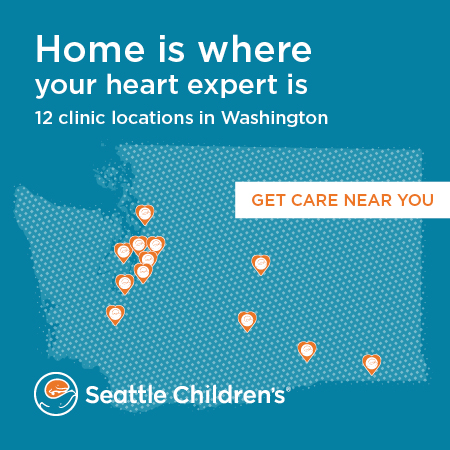Warts
Is this your child's symptom?
- Small raised growths that have a rough surface
- Viral infection of the skin
Symptoms of Warts
- Raised, round, rough-surfaced growths on the skin
- Skin-colored or pink
- Most commonly occur on the hands, especially the fingers
- Not painful unless located on the sole of the foot (plantar wart). Also can be painful if on part of a finger used for writing.
Cause of Warts
- Warts are caused by several human papilloma viruses
- Different types of warts are caused by different papilloma viruses
Prevention of Spread to Others
- Avoid baths or hot tubs with other children. Reason: warts can spread in warm water.
- Also, avoid sharing washcloths or towels.
- Contact sports: warts can spread to other team members. Warts should be covered or treated.
- Time it takes to get warts after close contact: 3 months
When to Call for Warts
Call Doctor or Seek Care Now
- Redness or red streak spreading from wart with fever
- Your child looks or acts very sick
Contact Doctor Within 24 Hours
- Redness or red streak spreading from wart without fever
- Boil suspected (painful, non-itchy, red lump)
- You think your child needs to be seen
Contact Doctor During Office Hours
- Wart on bottom of foot (plantar wart)
- Wart on face
- Wart on genitals or anus
- 4 or more warts
- Pus is draining from the wart. Apply antibiotic ointment 3 times per day until seen.
- On treatment more than 2 weeks and new warts appear
- On treatment more than 8 weeks and warts not gone
- You have other questions or concerns
Self Care at Home
- Common warts - 3 or less
Seattle Children's Urgent Care Locations
If your child’s illness or injury is life-threatening, call 911.
Care Advice for Warts
What You Should Know About Warts:
- Warts are common (10% of children).
- Warts are harmless and most can be treated at home.
- The sooner you treat them, the less they will spread.
- Here is some care advice that should help.
Wart-Removing Acid:
- Buy a wart medicine with 17% salicylic acid (such as Compound W). No prescription is needed.
- Apply the acid once a day to the top of the wart. If there are many warts, treat the 3 largest ones.
- Since it's an acid, avoid getting any near the eyes or mouth. Also try to keep it off the normal skin.
- The acid will turn the wart into dead skin (it will turn white).
Duct Tape - Cover the Wart:
- The acid will work faster if it is covered with duct tape. Do not use regular tape.
- If you don't want to use an acid, use duct tape alone.
- Covering warts with duct tape can irritate the warts. This will turn on the body's immune system.
- Cover as many of the warts as possible. Cover at least 3 of them.
- The covered warts become red and start to die. Once this happens, often all the warts will go away.
- Try to keep the warts covered all the time.
- Remove the tape once per day, usually before bathing. Then replace it after bathing.
- Some children object to having the tape on at school. At the very least, tape it every night.
Remove Dead Wart:
- Once or twice a week, remove the dead wart material. Do this by paring it down with a disposable razor.
- This is easier to do than you think. It shouldn't cause any pain or bleeding.
- Soak the area first in warm water for 10 minutes. Reason: the dead wart will be easier to remove.
- Some children won't want you to cut off the layer of dead wart. Rub it off with a washcloth instead.
Prevention of Spread to Other Areas of Your Child's Body:
- Discourage your child from picking at the wart. Picking it and scratching a new area with the same finger can spread warts. A new wart can form in 1 to 2 months.
- Chewing or sucking on them can lead to similar warts on the face.
- If your child is doing this, cover the wart. Use a bandage.
- Keep your child's fingernails cut short and wash your child's hands more often.
What to Expect:
- Without treatment, warts go away in about 2 years.
- With home treatment, they can usually be cleared up in 2 to 3 months.
- There are no shortcuts to treating warts.
Return to School:
- Your child doesn't have to miss any child care or school for warts.
- There is only a mild risk that warts spread to others.
Call Your Doctor If:
- Warts develop on the feet, genitals, or face
- New warts develop after 2 weeks of treatment
- Warts are still present after 12 weeks of treatment
- You think your child needs to be seen
Remember! Contact your doctor if you or your child develop any "Contact Your Doctor" symptoms.
Disclaimer: this health information is for educational purposes only. You, the reader, assume full responsibility for how you choose to use it.
Last Reviewed: 05/01/2025
Last Revised: 01/25/2025
Copyright 2000-2025 Schmitt Pediatric Guidelines LLC.
